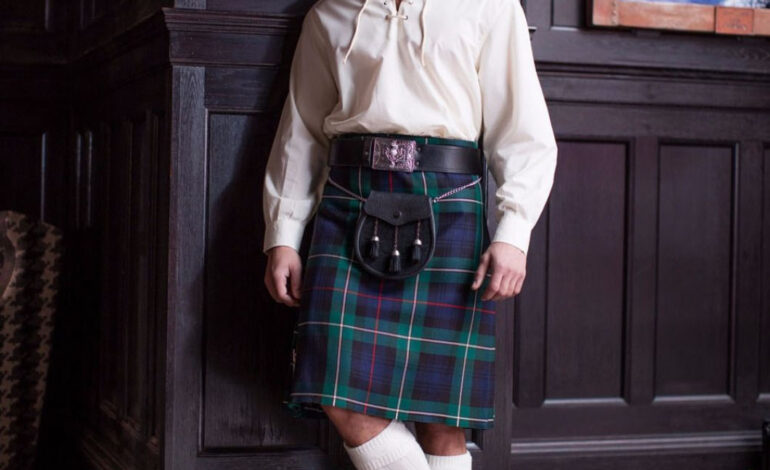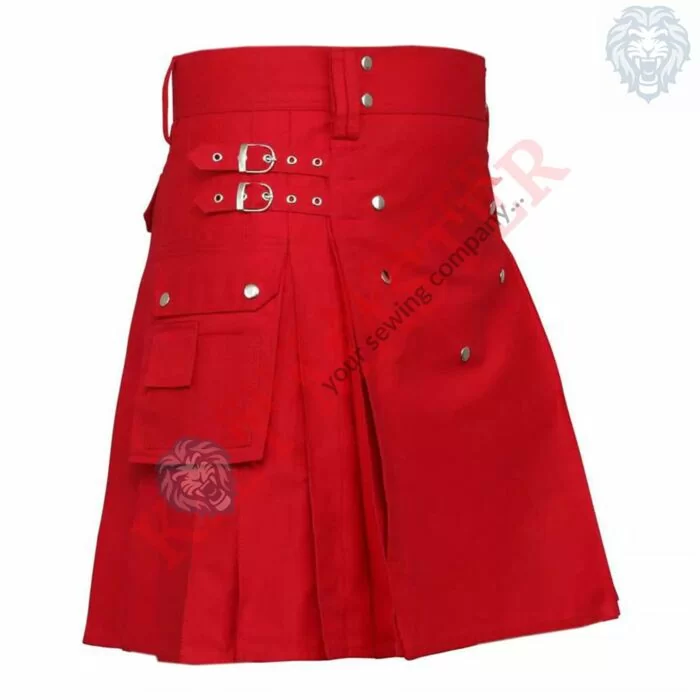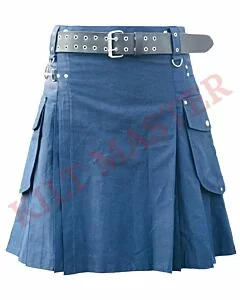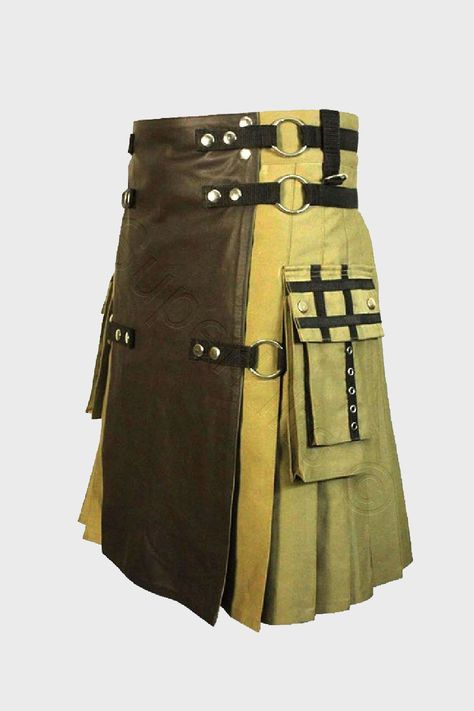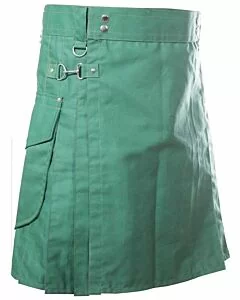
The Scottish Kilt: A cut above the rest and the knees.
Introduction to the Scottish Kilt
The Scottish kilt is a knee-length skirt-like garment with pleats at the back, originating in the Scottish Highlands. Traditionally made from wool and featuring distinctive tartan patterns, kilts are associated with Scottish clans and have been worn for centuries. They are a testament to Scotland’s enduring spirit and unique cultural identity.
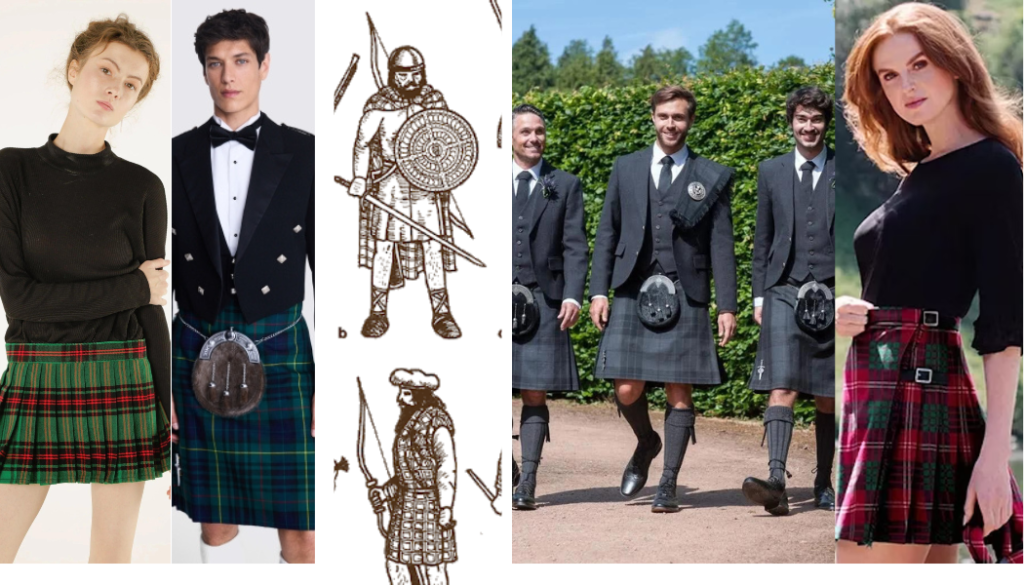
The Scottish Kilt: A Cut Above the Rest and the Knees
The Scottish kilt, a garment steeped in tradition and history, is more than just a piece of clothing. It represents the rich cultural heritage and pride of Scotland, making it a symbol recognized and revered worldwide. In this article, we will explore the origins, significance, and modern-day relevance of the Scottish kilt.
Historical Origins
The kilt’s history dates back to the 16th century when the “great kilt” or “belted plaid” was first worn. This garment was a full-length piece of cloth that could be draped over the shoulder or used as a blanket. Over time, the kilt evolved into the modern version, which is easier to wear and more practical for daily use.

Symbolism and Significance
Each Scottish clan has a unique tartan pattern, symbolizing family heritage and pride. Wearing a kilt goes beyond fashion; it honours one’s ancestors and celebrates Scotland culture. At important events such as weddings, Highland games, and national celebrations, people often wear kilts, highlighting the garment’s significance in Scottish society.
The Modern Scottish Kilt
Today, Scots and people of descent Scottish Kilt around the world wear kilts. Additionally, kilts have become popular in fashion, as designers create contemporary versions that blend traditional elements with modern styles. The kilt’s versatility allows people to wear it on various occasions, from formal events to casual gatherings.
Wearing a Kilt
Wearing a kilt involves more than just putting on a skirt. It is usually paired with specific accessories, such as a sporran (a small pouch), a Sgian-Dubh (a small knife), and ghillie brogues (traditional shoes). These elements complete the look and enhance the kilt’s traditional appearance.
Conclusion
The Scottish kilt is a timeless garment that continues to be a powerful symbol of Scottish identity and pride. Its rich history, cultural significance, and adaptability make it a unique and enduring piece of clothing. Whether worn to celebrate heritage or as a fashion statement, the kilt remains a cut above the rest and the knees.


